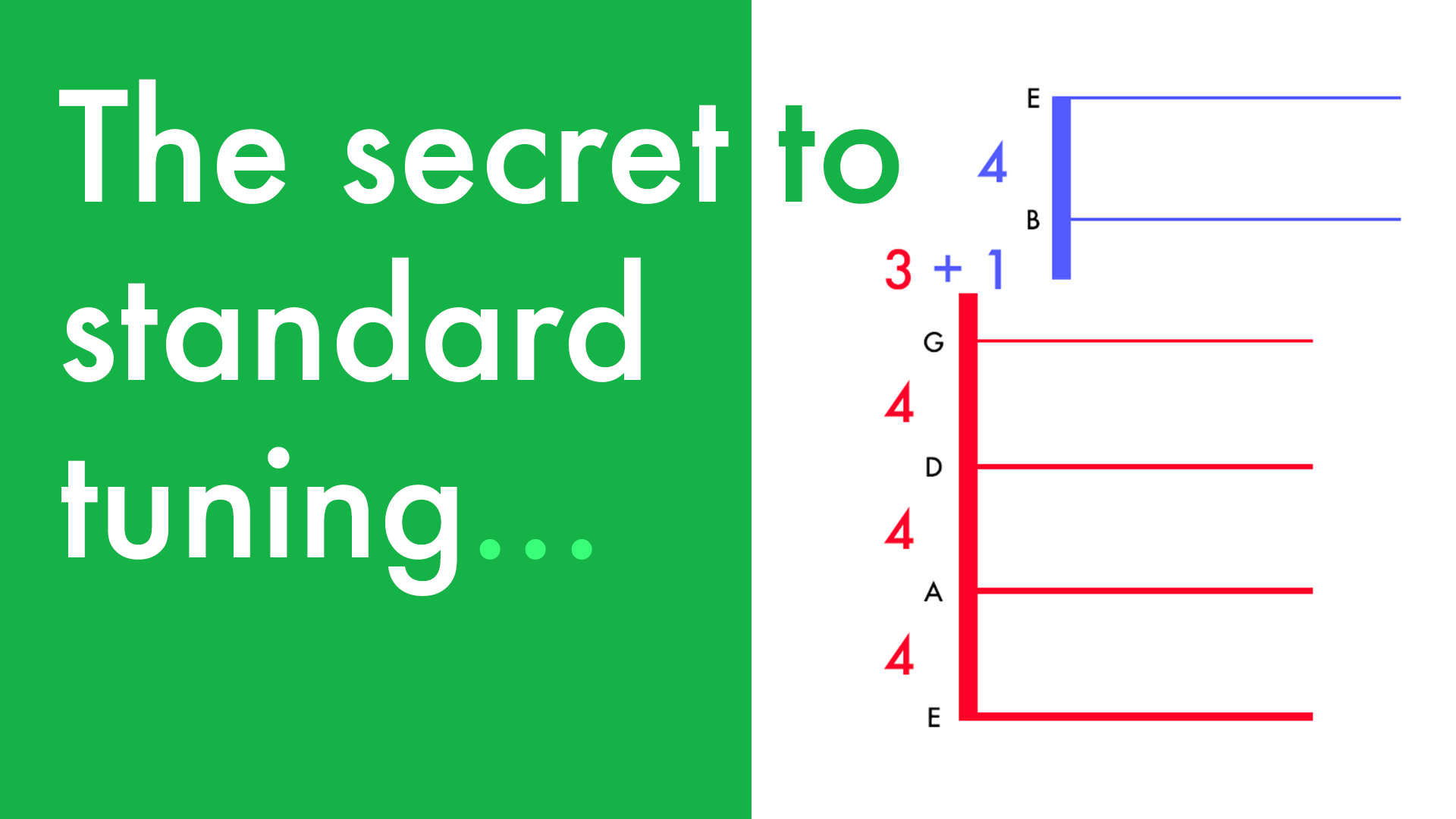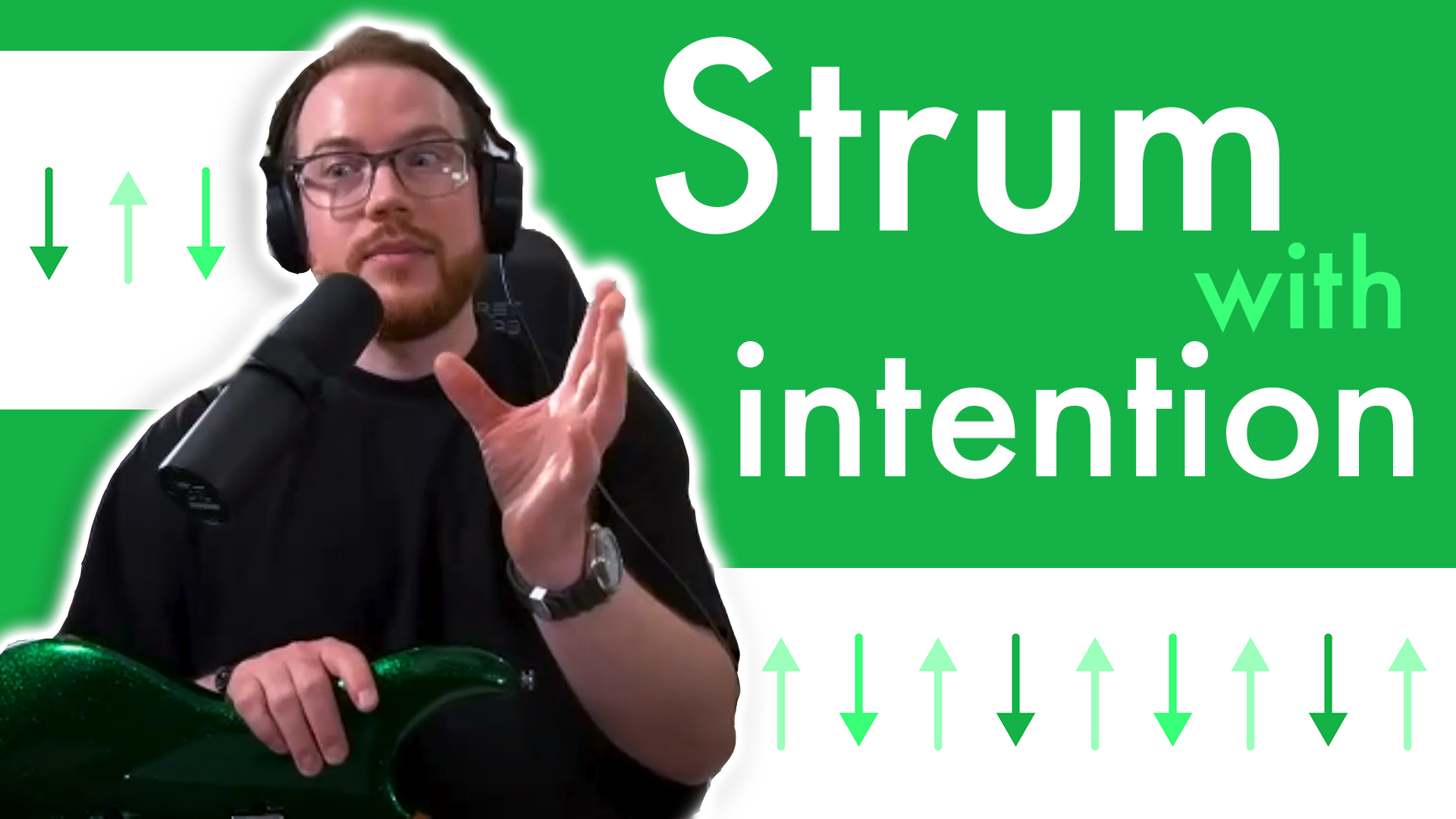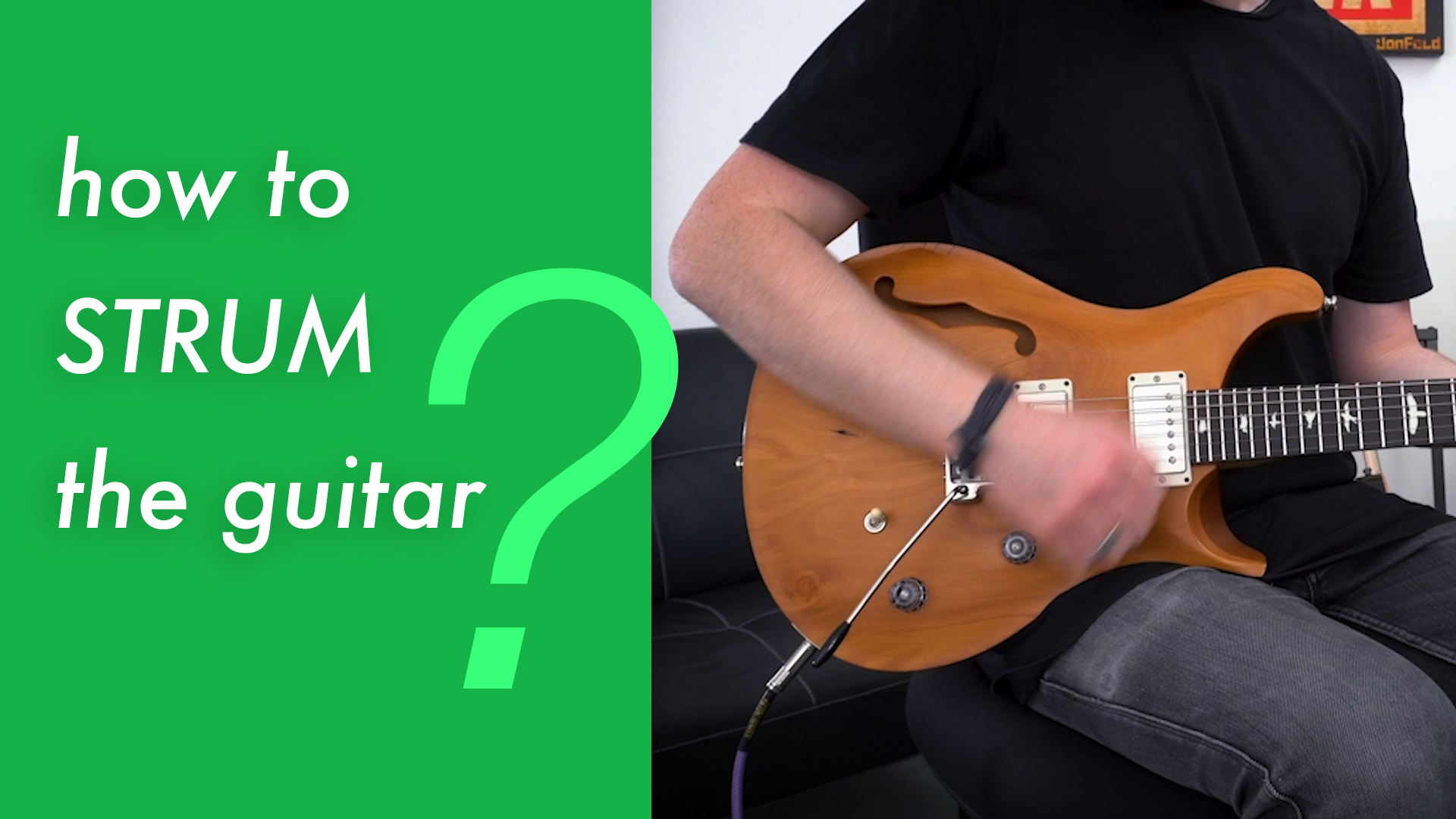
Lessons. News. Reviews.

What is a chord?
A chord is a collection of three or more different notes played simultaneously. When we play a G major chord on the guitar, we are not playing a G major chord because of the particular shape we’re making with our fingers, but because the shape we are making with our fingers allows us to play the three notes (G B D) that, when combined together, make up a G major chord.

How to stack seventh arpeggios for full extensions
It can be a pretty intimidating idea to think that we have to remember seven different seven-note arpeggio shapes just to be able to play all the chords in the key.
Thankfully, there is a simple trick we can use that only requires us to know the single octave shape for four seventh-type arpeggios.
That’s a lot less intimidating.

How guitarists use the B string to master standard tuning
We always aim to be as efficient as possible when playing the guitar. Trying to ‘do a lot less reaching’ is one of the reasons why having the G and B strings separated by a sneaky little third interval is such a great idea. Scales and chords are easier to play, our fingers are more centred, and we don’t have to change positions as often as we otherwise would.

Improve your stamina playing guitar solos
Stamina is a really important concept to keep in mind with all aspects of your practice. Let’s say you’re practising a guitar lick that you’re trying to get down. You probably won’t get physically tired, but you’re definitely going to get mentally fatigued if you don’t stop and take a breath between takes. Give your mind a second to recover and reset. Then try again.

Can you play the guitar in free play mode?
As a beginner guitarist, learning something new might take a lot of focus. You’ll be using all of your mental bandwidth which is pretty draining. I definitely wouldn’t call it relaxing. But if you stick with it, you’ll develop fluency with the technique and find it takes up barely any of your mental bandwidth. Now you’re able to relax into what you’re doing.

How to play: Fast Car by Tracy Chapman
In this lesson, you’ll learn how to play the fingerpicking intro to ‘Fast Car’ by Tracy Chapman. ‘Fast Car’ was released in 1988. However, this song has a timeless quality about it and it continues to be a popular tune for beginner/intermediate guitar players to learn.

How to play: Safe & Sound by Taylor Swift feat. The Civil Wars
In this lesson, you’ll learn how to play the fingerpicking intro to ‘Safe & Sound’ by Taylor Swift ft. The Civil Wars.

Unlock the fretboard with one pentatonic shape
With this one pattern and some minimal theory chops, you’ll be able to play the major pentatonic scale, the minor pentatonic scale, the major scale, and the minor scale anywhere on the fretboard in any key.

The Single Most Important Thing You Can Learn As A Musician

Easy 'Let It Be' tutorial for beginners
‘Let It Be’ by The Beatles is a classic for a reason. It’s an incredible song with an easy chord progression and a recognisable bass riff. In this lesson, we’ll talk about some of the key things beginner guitar players will want to keep in mind when learning this song, some useful techniques to practice, and some cool tricks you can use to level up your strumming patterns and play like a pro.

Learn an easy fingerpicking pattern that I use all the time
This pattern sounds intricate, but if we break it down it’s fairly easy to learn. We’re going to start with the bass note and add another three layers on top of that. Each layer will alternate with the previous layer until it forms a pattern with a rich bassline, a solid harmony, and some cool melodic accents.

Is a $200 guitar any good?
In this video, I put a cheap $200 acoustic guitar head-to-head with my personal acoustic guitar, which I paid $1,600 for over 10-years ago.

Are You Forgetting To Develop Your Musical Ear?

Why You Need To Practice Rhythm Exercises

How to recover from mistakes like a professional
Even a professional musician like Ed Sheeran can't play things with 100% accuracy, 100% of the time. That's okay. The only thing that matters is how good you are at recovering from your mistakes when you make them. In this lesson, I'm going to show you why the saying "practice makes perfect" is a lie, and the mindset you need to develop so you can recover from your mistakes like a professional.

How to play: Bad Habits by Ed Sheeran
In this lesson, we learn how to play Bad Habits by Ed Sheeran. We'll look at the melodic hook and the rhythm part and discuss how we can use specific right-hand techniques to achieve the right vibe for the song.

Fender made Cory Wong a signature hair tie!
Fender just announced the new Cory Wong Stratocaster. This signature guitar comes with some really cool and innovative features including a fourth position panic button and a signature hair tie!

Changing strings on a Floyd Rose is actually easy
Changing the strings on your locking trem doesn’t have to be scary. There are a couple of things you have to do differently due to the nature of how a locking trem works. But, as long as you keep these in mind, it’s no harder than changing the strings on any other electric guitar!

How to figure out the key of a song by ear
In this lesson, you’ll learn two easy ways to figure out the key of a piece of music. In the first example, we’ll start with a chord chart and use the natural pattern of chords in a key to figure out which key we are playing in. In the second example, we’ll use our major scale to find the key of a piece of music while listening to the track.

How to play: The Great Fairy Fountain from Zelda
The Great Fairy Fountain arrangement for guitar. This is a beautiful melodic tune based on descending arpeggio shapes. In the video, you’ll see I’m using a footstool and playing in a classical position which puts less strain on my left arm as we’ll be playing this piece above the 12th fret. The fingering in for this song is super important. Pay careful attention to what is specified in the TAB and try to understand why certain fingerings were chosen.




















A guitarist who has learned all the notes on the fretboard: Can more effectively learn scales and chords; Has a better understanding of keys, intervals, and scale degrees; Is able to more easily memorise songs; Has a greater capacity to understand music theory; Is more effectively able to develop their aural skills; Gets ‘lost’ far less frequently when they are improvising on the guitar.